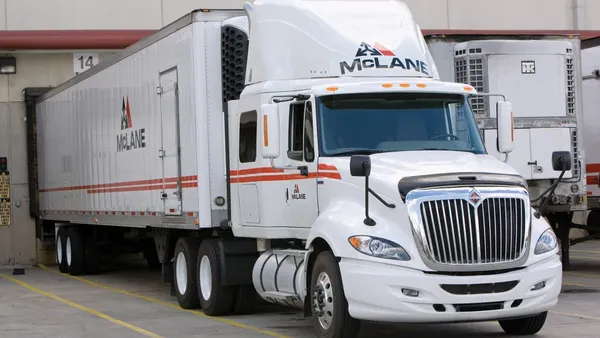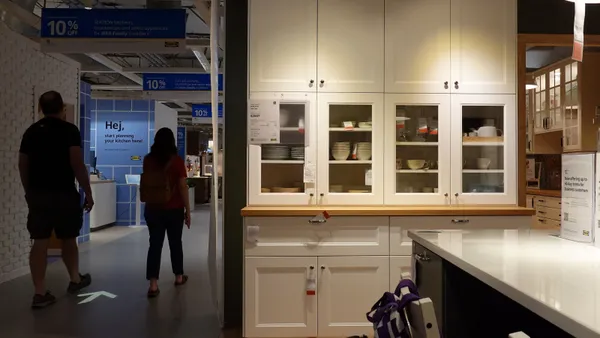Dive Brief:
- Advance Auto Parts credited the consolidation of multiple outdated warehouse management systems (WMS), improved distribution strategies and new digital pricing tools with reducing costly labor turnover, inventory shortages and distribution challenges, according to the company's Q4 earnings call on Tuesday.
- The cost reductions improved margins 10 basis points despite the company's 0.1% comparable store-sales growth. The company said the "lower than expected" sales were largely due to weather-related delays in colder parts of the country and rising vehicle prices overall.
- By the end of 2019, Advance Auto Parts' supply chain and technology efforts represented 60% of the company's capital spend, Advance Auto Parts President and CEO Tom Greco said on the call.
Dive Insight:
The upgrades are part of a long-term supply chain and IT-enhancement strategy. The majority of company's potential margin growth in the near future won't be dependent on sales but on savings and efficiency gains realized from internal optimization efforts, Greco said.
A 2018 survey conducted by the Warehousing Education and Research Council (WERC) found 35% of warehouses don't use a WMS due to costs and the complexity of choosing the right system. Advance Auto Parts had the opposite problem, multiple outdated systems were making it harder for workers to do their jobs.
"When we began our supply chain transformation, we were dealing with multiple WMS, along with extensive manual processes and high turnover and R&D fees," Greco said on the call. After implementing the consolidated system, "Not only is our turnover down significantly in our DCs, our safety performance and engagement scores are now trending in a positive direction," he said.
In addition to improving the management systems within its 50 DCs, the network of operations between them and the company's stores was in need of an upgrade as well. By improving its cross banner replenishment, a process of redirecting a store from its traditional distribution center toward a more optimally positioned one, "we expect we will improve product availability, drive turns and deliver significant cost productivity," Greco explained.
This kind of fulfillment approach is being championed by other retailers, including Nike, which is currently developing an artificial intelligence-based solution for directing inventory to stores, and in-between stores, to keep inventory levels manageable amid omnichannel sales operations.
The cross banner process launched in late 2019 and the company expects to have it fully scaled between the end of 2020 and mid-2021. Thus far, the upgrades boosted margins by 10 basis points, going from 20 to 30, according to executives on the call.












